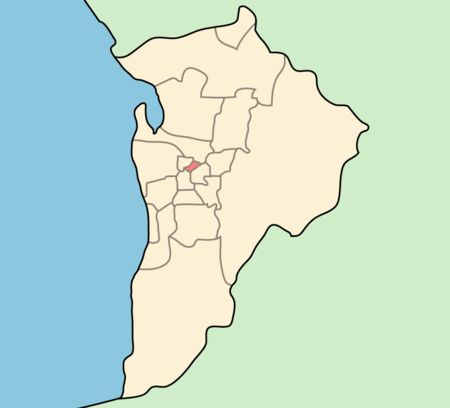Town of Walkerville
1944 establishments in AustraliaIncomplete lists from July 2017Local government areas in AdelaideLocal government areas of South AustraliaPopulated places established in 1944 ... and 1 more
Use Australian English from August 2015

The Corporation of the Town of Walkerville (or Town of Walkerville) is a small local government area in the central suburbs of Adelaide, South Australia. The residents of the Town of Walkerville are represented by a mayor and eight councillors. The area is home to the highest concentration of top earners in South Australia, and was named "South Australia's richest postcode" in 2016.
Excerpt from the Wikipedia article Town of Walkerville (License: CC BY-SA 3.0, Authors, Images).Town of Walkerville
Ponder Avenue, Adelaide Walkerville
Geographical coordinates (GPS) Address Nearby Places Show on map
Geographical coordinates (GPS)
| Latitude | Longitude |
|---|---|
| N -34.9 ° | E 138.616667 ° |
Address
Ponder Avenue
Ponder Avenue
5081 Adelaide, Walkerville
South Australia, Australia
Open on Google Maps


